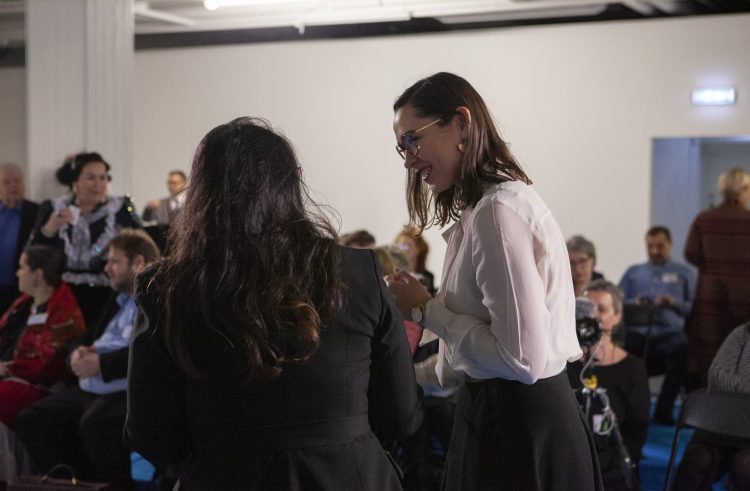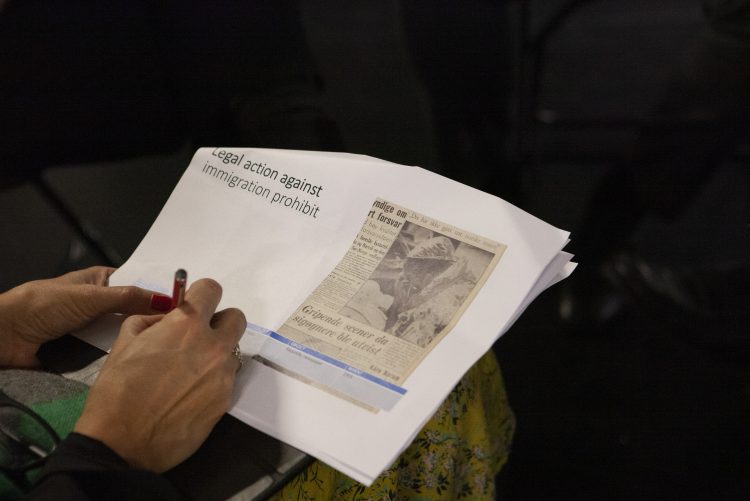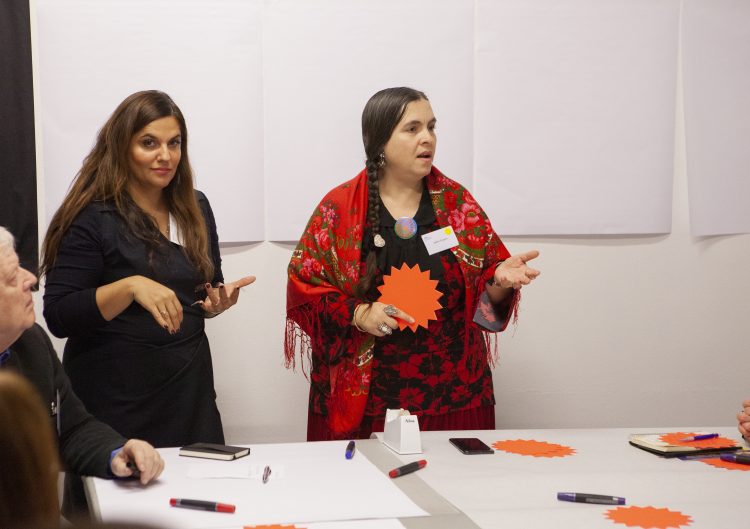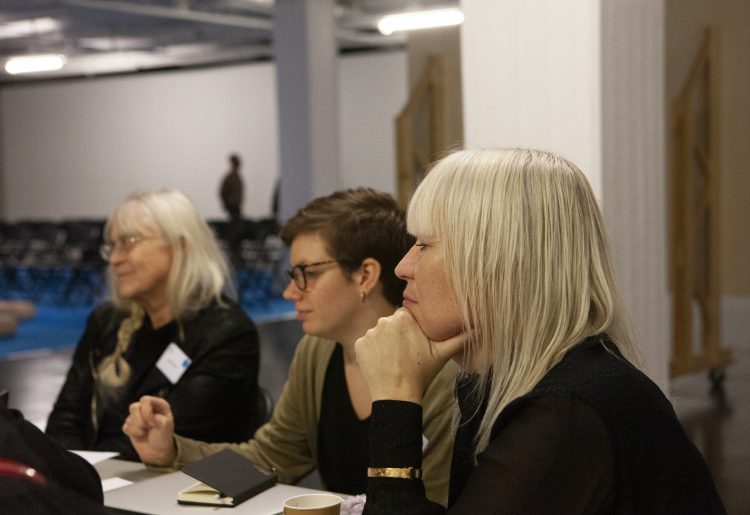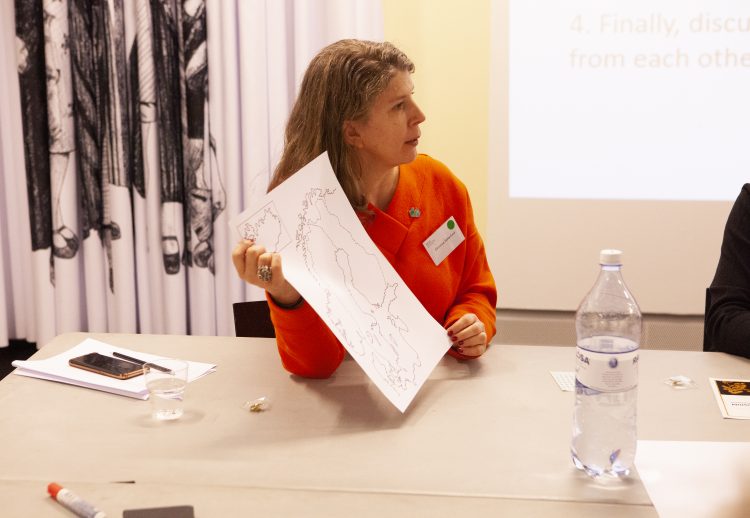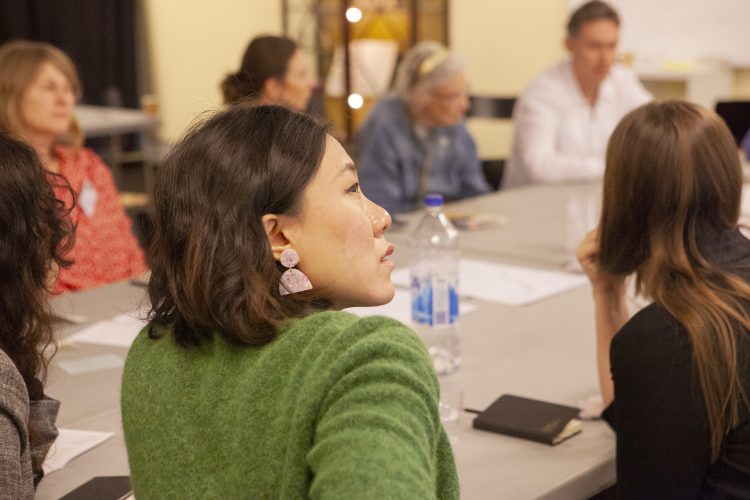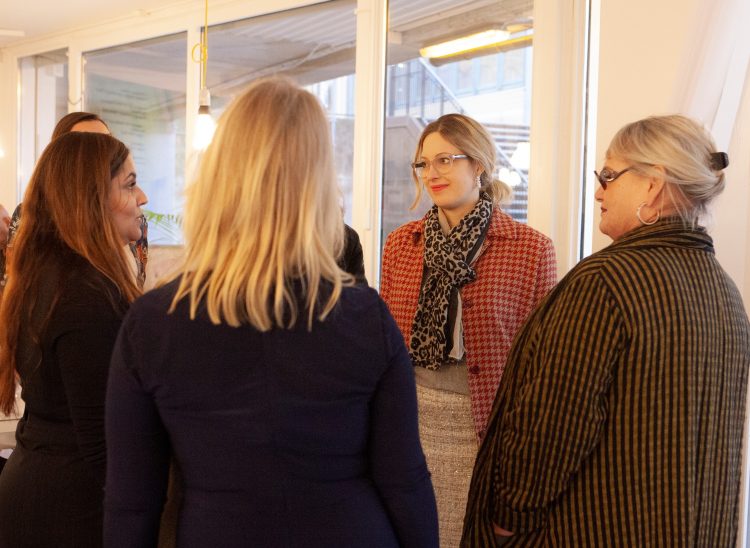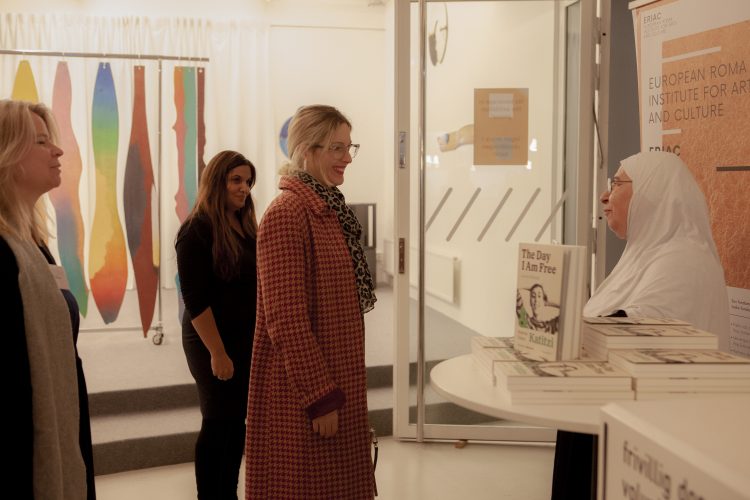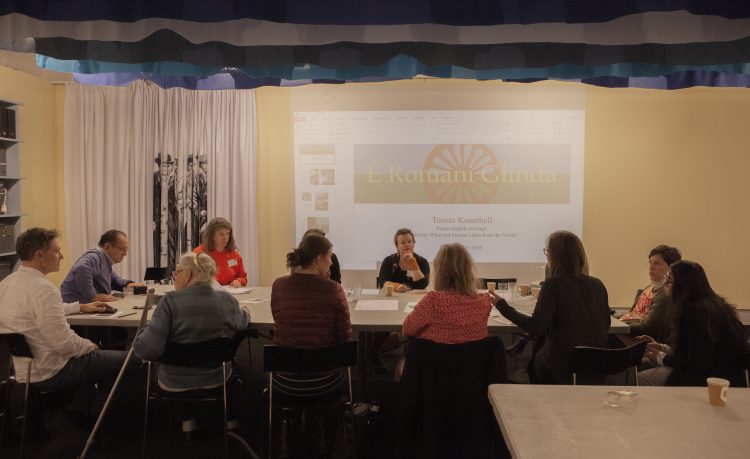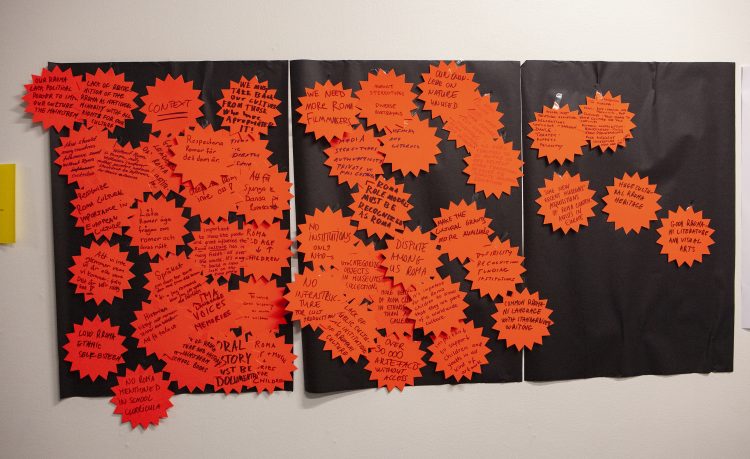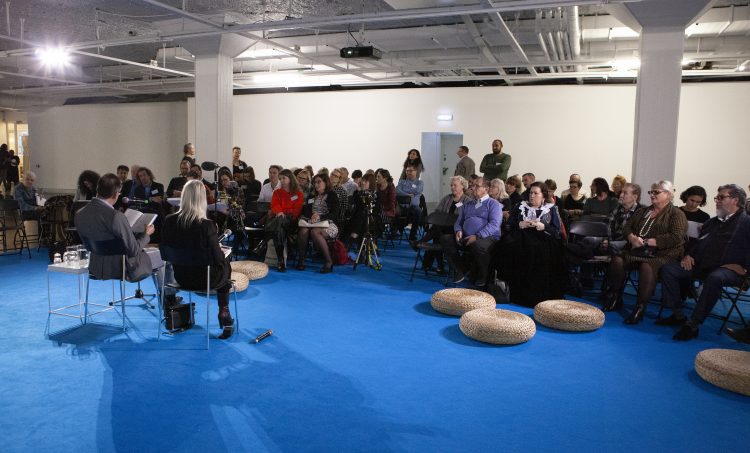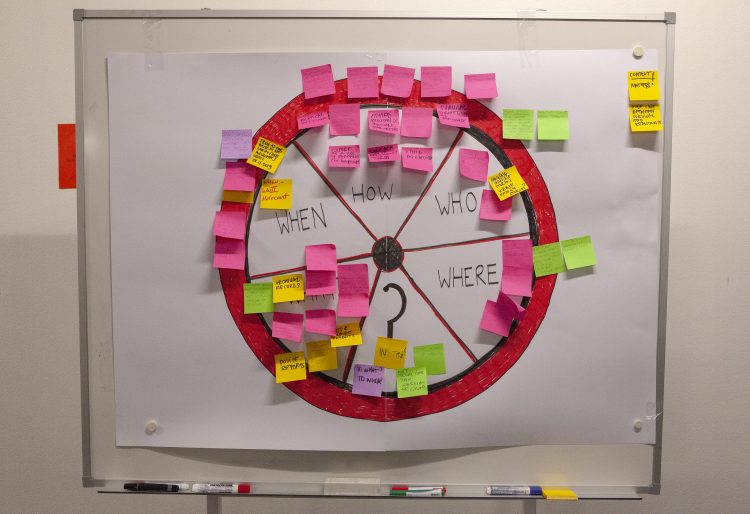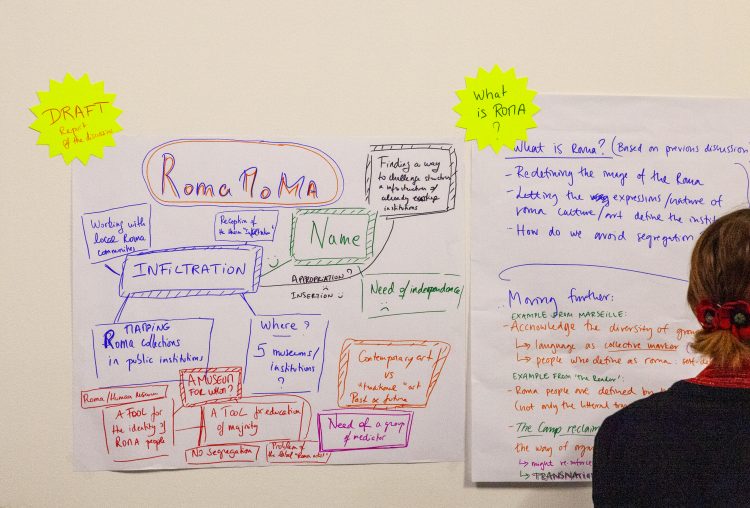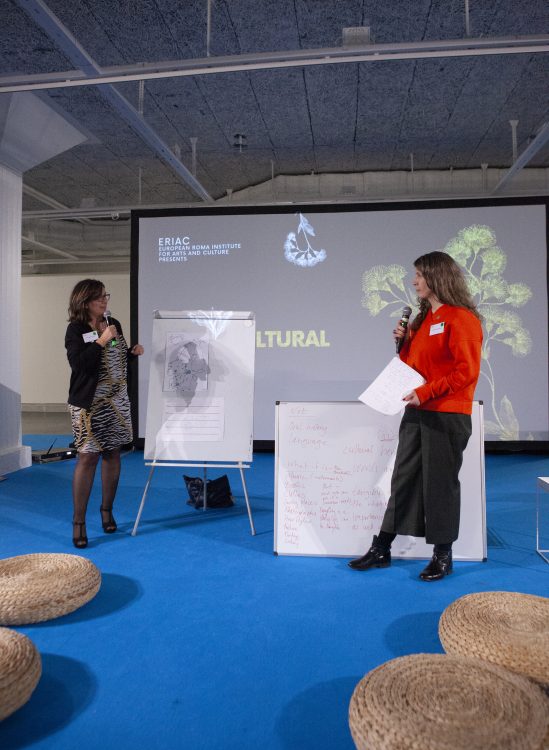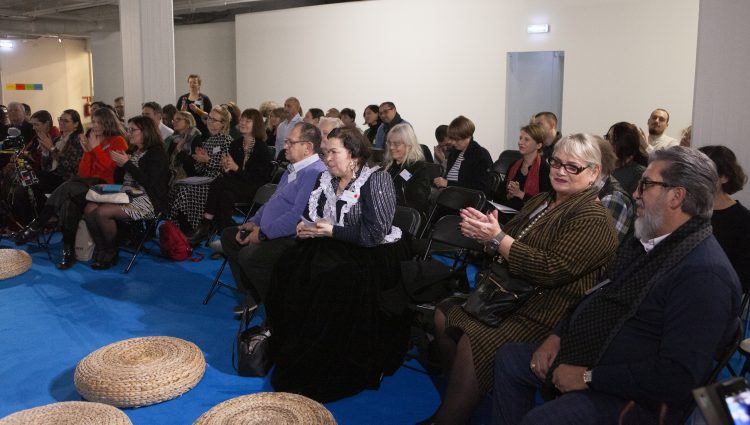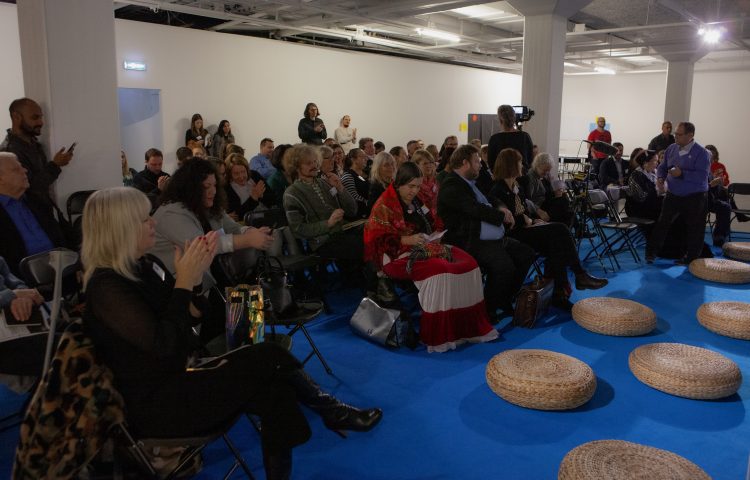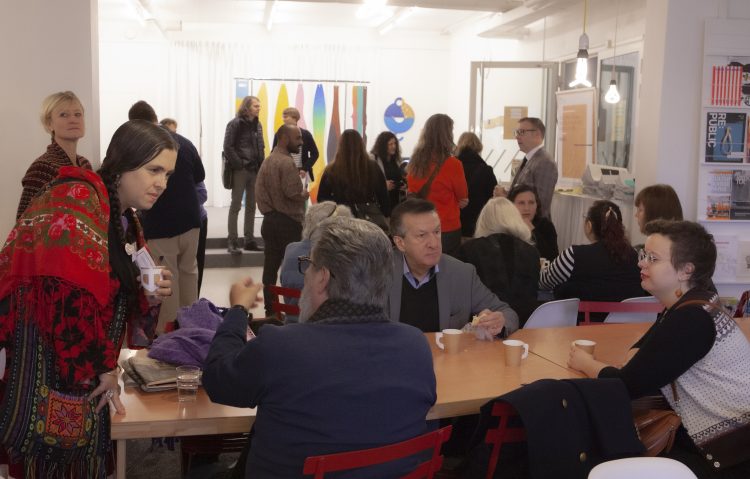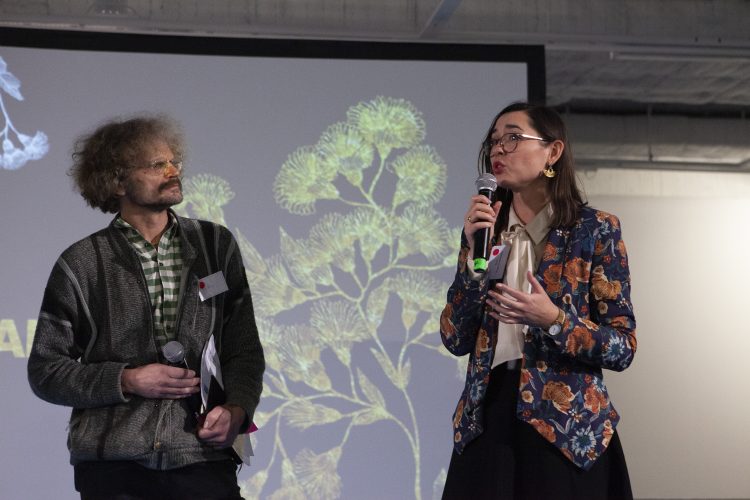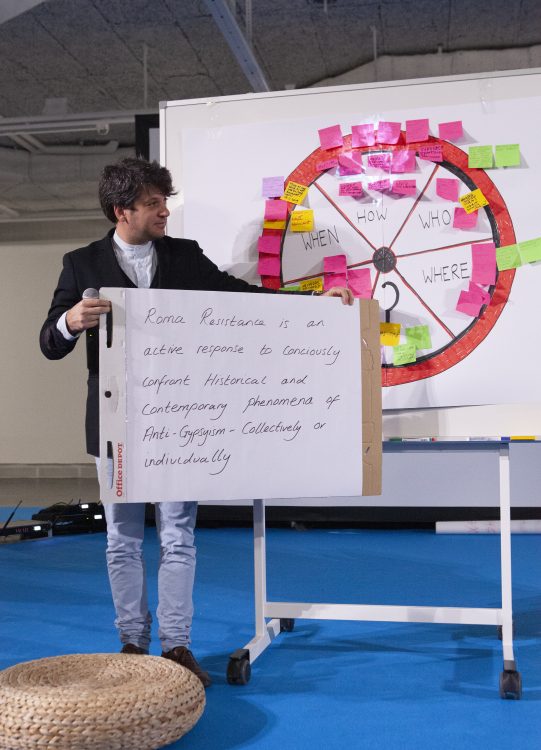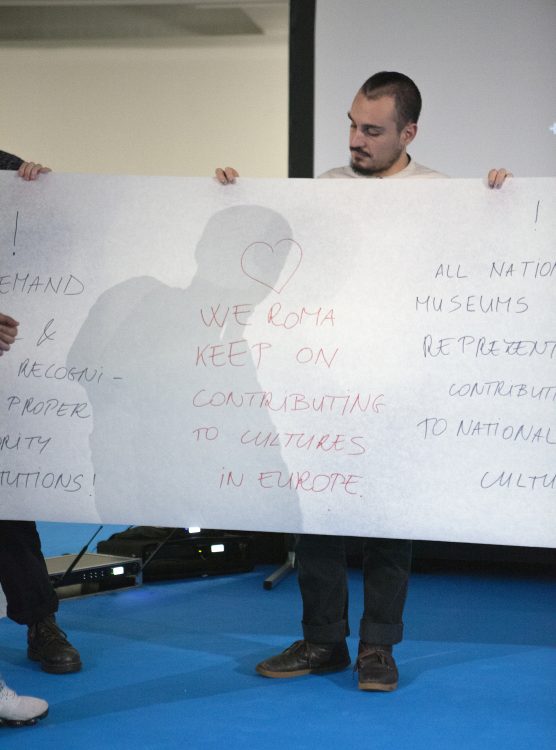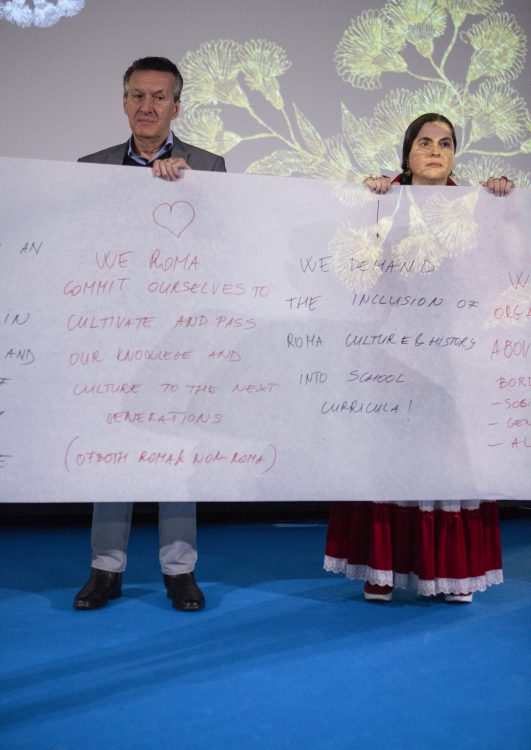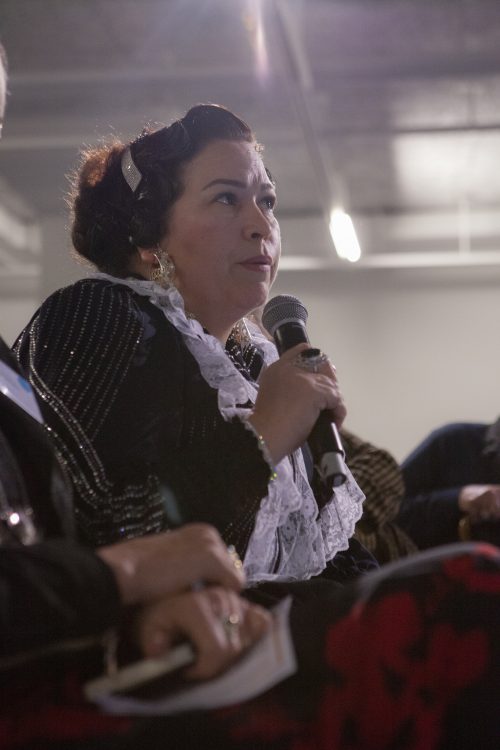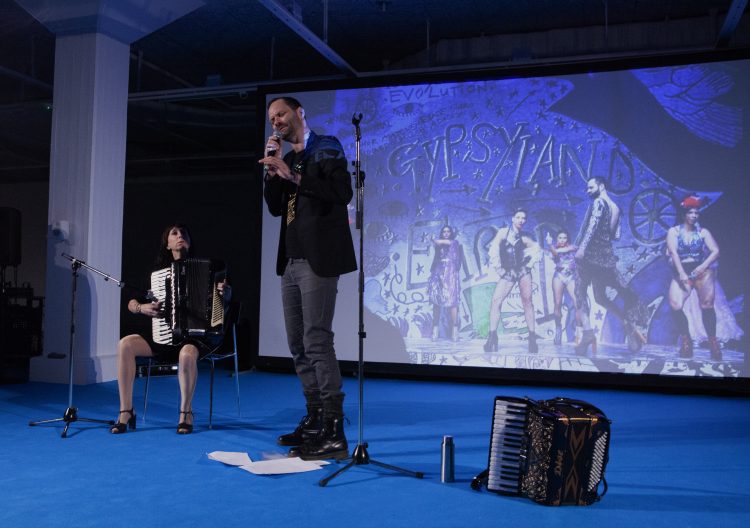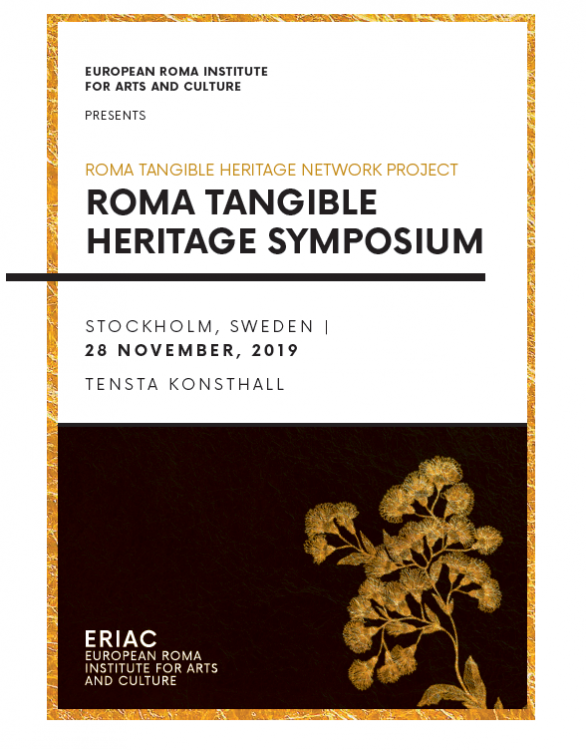Roma Tangible Heritage Symposium – Stockholm
European Roma Institute for Arts and Culture (ERIAC) hosts symposium at the Tensta Konsthall in Stockholm to protect the threatened Roma Cultural Heritage
The symposium, taking place in Tensta Konsthall on 28 November, was organized by the European Roma Institute for Arts and Culture (ERIAC) – the first and only transnational, European-level organization working for the recognition of Roma arts and culture. The event was part of ERIAC’s third international programming series titled the Roma Tangible Heritage Network, financed by German Federal Foreign Office. The project grew as a response to the European Commission’s “European Year of Cultural Heritage 2018”, which ERIAC saw as failing to include the cultural heritage of Europe’s largest minority of 10-12 million Roma.
Roma people have been an integral part of the societies in Europe for over 600 years. Throughout this history they have made an immense contribution to national cultures while at the same time managing to preserve their own cultural heritage as a strategy of survival amidst a history of continuous persecution, discrimination and violence. Without protective institutions, Roma art and heritage is being appropriated by the majority societies without proper recognition of Roma cultural producers. There are no state or European level policies to counter this unjust process of cultural appropriation. The aim of the Roma Tangible Heritage Network is to reverse this development by mapping and promoting Roma cultural heritage and creating strategies for its documentation and future. The guiding ethos behind this mission is that there can be no real social inclusion without cultural inclusion.
In Stockholm, the specific aim was to create greater synergies between the North and the rest of Europe, by bringing together an international audience consisting of Roma communities, NGOs, researchers, artist and public institutions. With guests from Sweden, Norway and Finland, the participants focused on mapping and discussing the future of Roma tangible heritage in Europe. Among the participants were Helene Öberg, State Secretary to the Swedish Minister for Culture and Democracy and the former Member of the European Parliament, Swedish feminist politician Soraya Post and many other prominent guests.
The methodology of the symposium was based on a highly democratic approach that recognized and validates the participants’ knowledge through active involvement. The discussions focused on four central topics: imagining a transnational Roma museum, a Roma cultural heritage manifesto, what Europe can learn from the North, and the (re)-conceptualizing of Roma resistance. The day also featured a presentation of Katitzi, the literary character created by the famous Swedish Roma human rights champion Katarina Taikon, presented by her daughter Angelica Ström and Maria Lind, Swedish curator.
PLEASE REGISTER FOR THE EVENT AS PLACES ARE LIMITED
AGENDA_ THN Nordic Symposium_Stockholm
Photos: ERIAC/ Aleksandra Pawlowska

